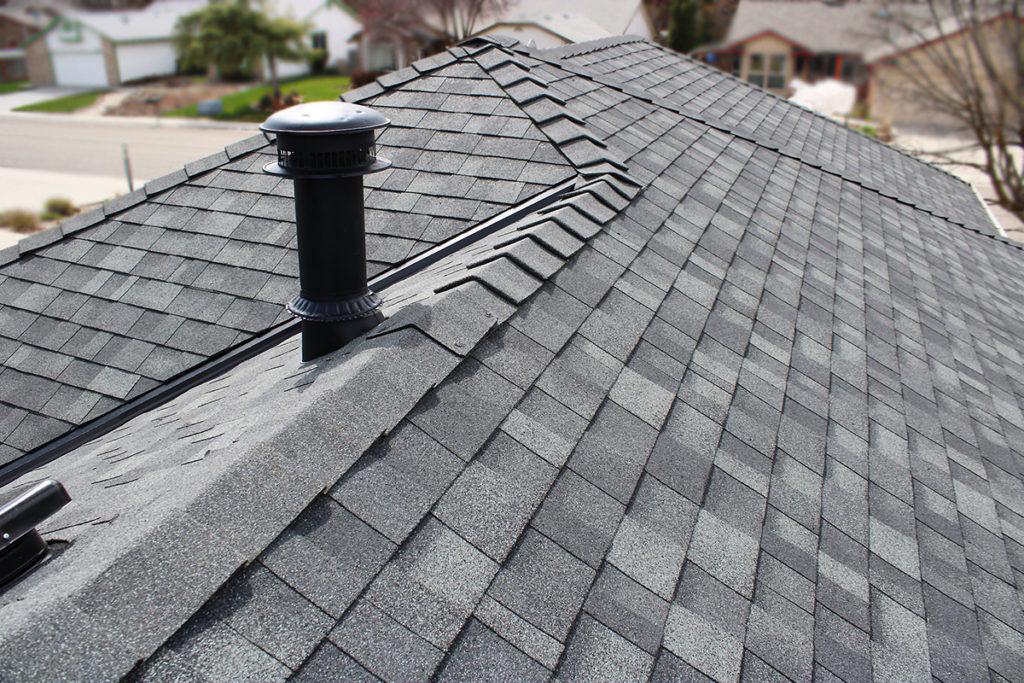When you are in the process of selecting the right ventilation for your roof, there several options to choose from.
1. Power Vents
A power vent essentially uses a motor and fan combination to push the hot air out of the attic. This type further has 2 different categories which you can choose from:
- Solar-Powered Roof Vents
- Hardwired Power Roof Vents
Both are alternate energy solutions to power the motor which operates the fan.
2. Cupola Vents
A vent that is typically positioned at the ridge, the cupola has been in use for centuries. The cupola vent is effective for ventilation but can be somewhat expensive for buyers.
3. Ridge Vents
If you don’t want the roof ventilation to stick out too much, choose the ride vent. As a result of recent innovation, the ridge vents are positioned on the top edge of the roof and cover the entire attic instead of having a singular region of focus.
4. Box Vents
A box vent is usually fitted in the roof in a space especially cut out for it. It uses the soffit style ventilation to keep the moisture and heat from getting trapped in the attic. Since this doesn’t encompass the entire roof like the ridge vent, multiple box vents can be installed in the roof of bigger houses to cover more area.

